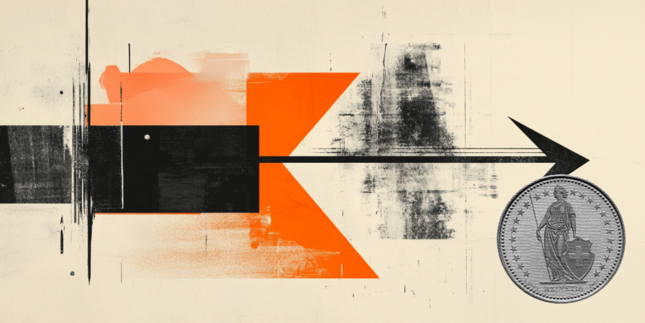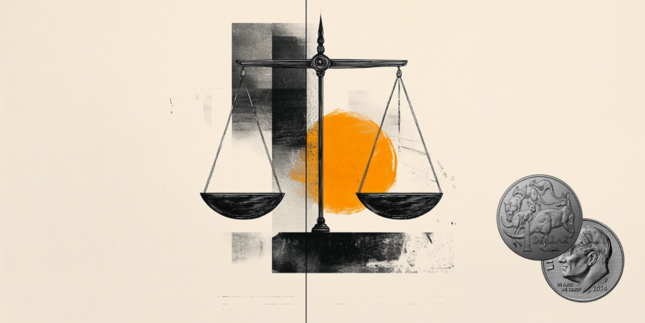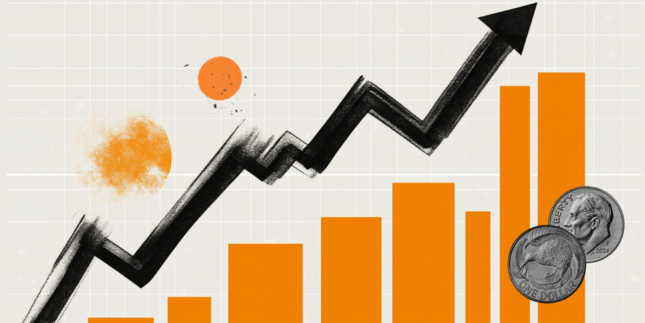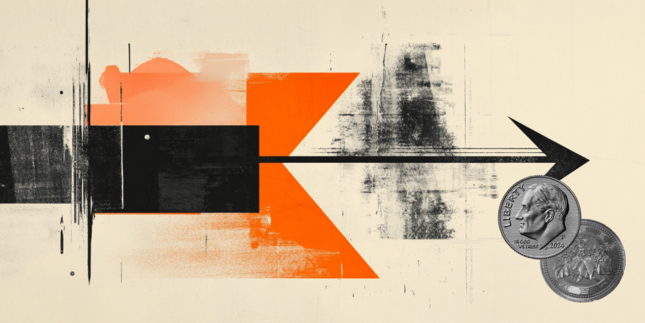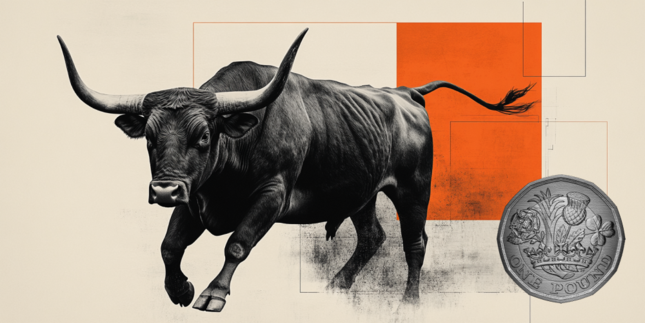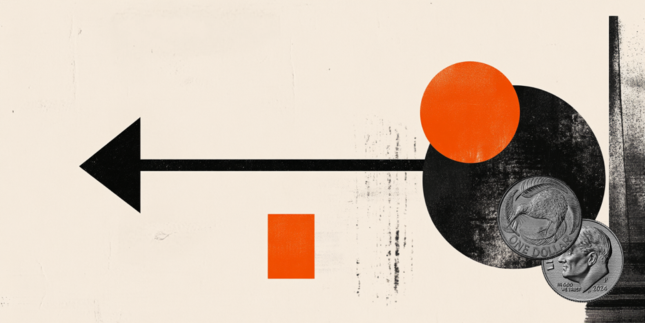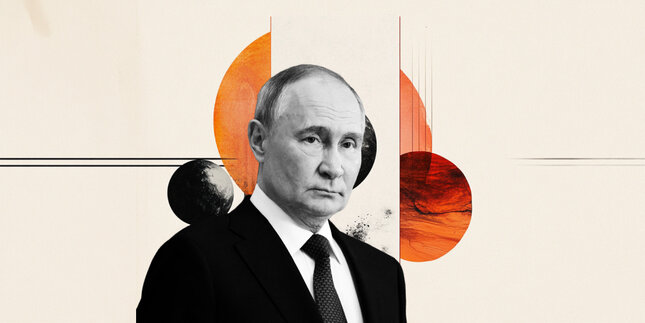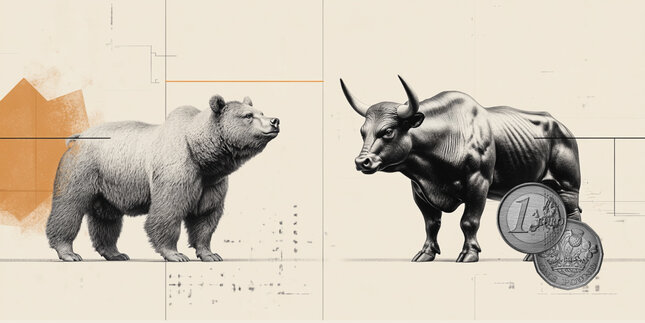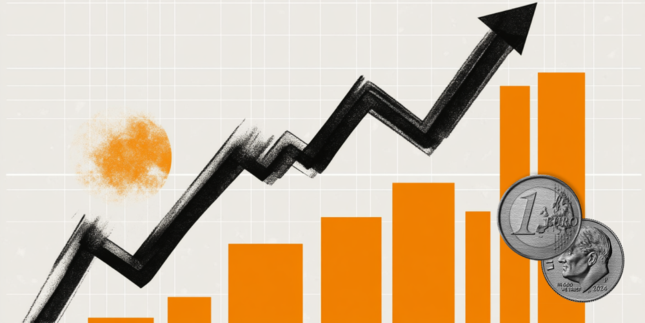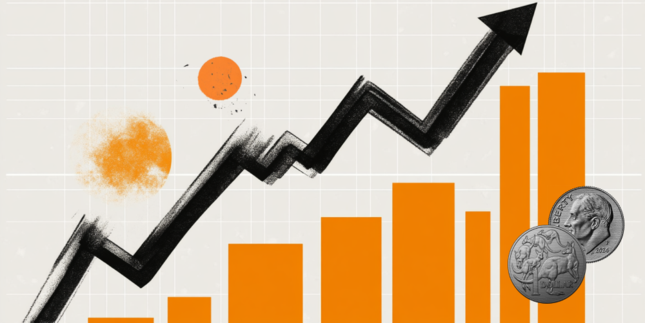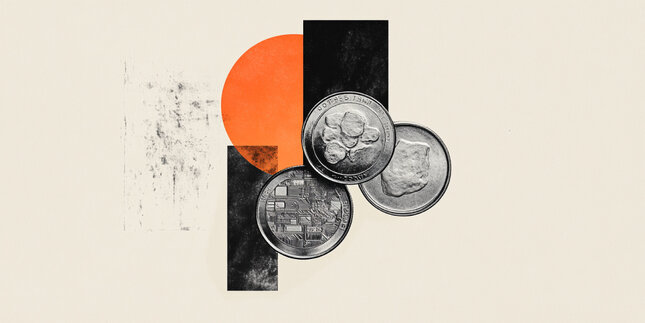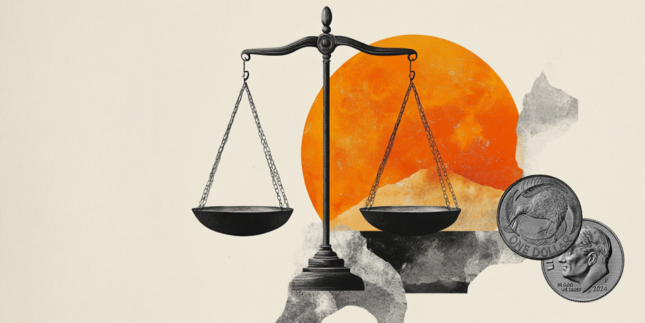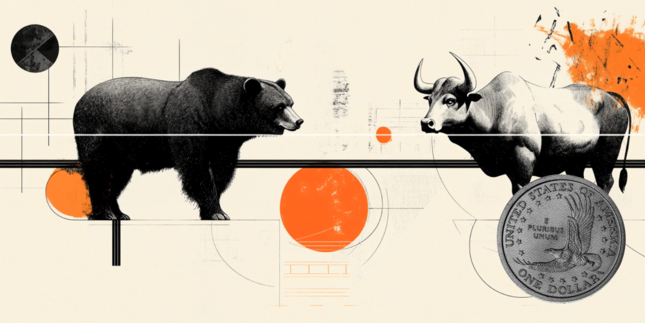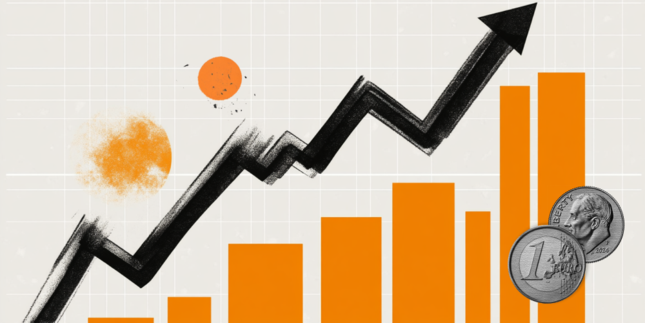-
Opps!
This language contents are not available!
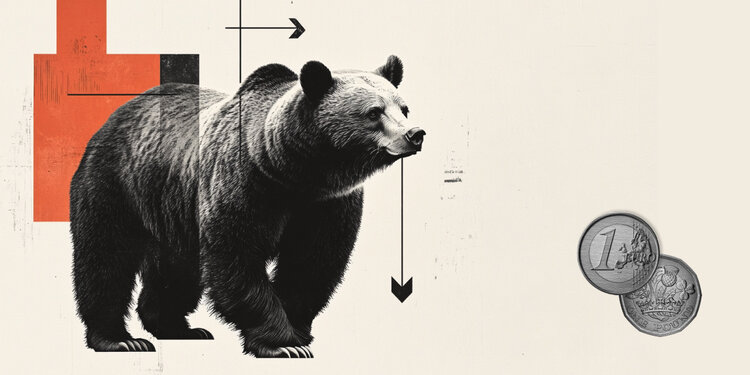
EUR/GBP drifts lower below 0.8350 on upbeat UK GDP data
- EUR/GBP softens to around 0.8340 in Thursday’s early European session.
- UK GDP rose 0.1% QoQ in Q4 vs. -0.1% expected.
- The German HICP climbed 2.8% YoY in January, as expected.
The EUR/GBP cross loses momentum to near 0.8340 during the early European session on Thursday. The Pound Sterling (GBP) edges higher after the release of UK growth numbers. The attention will shift to the preliminary reading of the Eurozone Gross Domestic Product (GDP) for the fourth quarter (Q4), which will be published on Friday.
Data released by the Office for National Statistics (ONS) showed on Thursday that the UK economy expanded 0.1% QoQ in Q4. The reading came in better than the market consensus of a 0.1% decline in the reported period. Meanwhile, the UK GDP grew 1.4% YoY in Q4 versus the 1.1% expected and 1.0% (upwardly revised from 0.9%) seen in Q3. The GBP trades firm in an immediate reaction to the upbeat UK GDP data.
Bank of England (BoE) Chief Economist Huw Pill said on Thursday that he “urges caution on interest rate cuts” because the long process of wrestling down inflation is not yet complete. Earlier this week, BoE policymaker Catherine Mann said that demand conditions are significantly weaker than before. She had also advocated for a larger interest rate cut in last week’s policy meeting, where the BoE unanimously agreed to lower rates by 25 basis points (bps).
On the Euro front, Federal Statistical Office Destatis showed on Thursday that the German Harmonized Index of Consumer Prices (HICP) rose 2.8% YoY in January, compared to the previous reading and the expectations of 2.8%.
The European Central Bank (ECB) has lowered borrowing costs five times since last June and hinted at more policy easing. Traders expect the ECB to deliver three more interest rate cuts this year amid risks of inflation undershooting the central bank’s target of 2%. The ECB already reduced its Deposit Facility Rate by 25 bps to 2.75% in the January meeting.
(This story was corrected on February 13 at 10:59 GMT to say that UK GDP grew 1.4% YoY in Q4 compared to 1.0% in Q3, not 0.9%, and German HICP data from Destatis was released on Thursday, not Friday.)
GDP FAQs
A country’s Gross Domestic Product (GDP) measures the rate of growth of its economy over a given period of time, usually a quarter. The most reliable figures are those that compare GDP to the previous quarter e.g Q2 of 2023 vs Q1 of 2023, or to the same period in the previous year, e.g Q2 of 2023 vs Q2 of 2022. Annualized quarterly GDP figures extrapolate the growth rate of the quarter as if it were constant for the rest of the year. These can be misleading, however, if temporary shocks impact growth in one quarter but are unlikely to last all year – such as happened in the first quarter of 2020 at the outbreak of the covid pandemic, when growth plummeted.
A higher GDP result is generally positive for a nation’s currency as it reflects a growing economy, which is more likely to produce goods and services that can be exported, as well as attracting higher foreign investment. By the same token, when GDP falls it is usually negative for the currency. When an economy grows people tend to spend more, which leads to inflation. The country’s central bank then has to put up interest rates to combat the inflation with the side effect of attracting more capital inflows from global investors, thus helping the local currency appreciate.
When an economy grows and GDP is rising, people tend to spend more which leads to inflation. The country’s central bank then has to put up interest rates to combat the inflation. Higher interest rates are negative for Gold because they increase the opportunity-cost of holding Gold versus placing the money in a cash deposit account. Therefore, a higher GDP growth rate is usually a bearish factor for Gold price.
Forex News
Keep up with the financial markets, know what's happening and what is affecting the markets with our latest market updates. Analyze market movers, trends and build your trading strategies accordingly.



